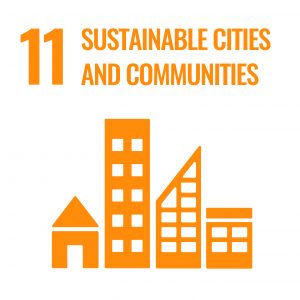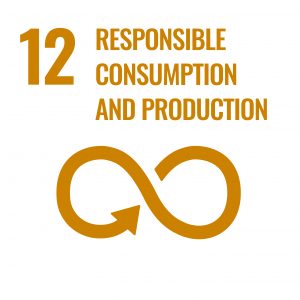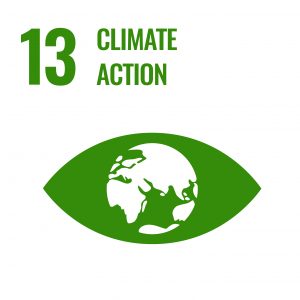Leading a more sustainable life has become pretty high on many of our to-do lists in recent years. People are trying to make changes at home, in their spending habits, and even in their daily habits. You’ve probably heard terms like “zero waste,” “going green,” or even “reducing your carbon footprint.”
While you likely have a basic idea of what those things mean, creating a sustainable life can feel overwhelming when you’re not sure where to start. Everything from your home environment to who you’re living with can stand in your way.
Thankfully, it doesn’t have to be such a major task. Starting small to create a sustainable life can make it easier to form green habits that will last a lifetime, and you’ll be more likely to keep adding to your sustainable efforts without feeling like it’s a chore to do so.
With that in mind, how can you start small? What can you start doing today to help you create a more sustainable life, and how can you keep adding to those habits? There are more choices within your control than you may realise. Let’s cover a few.
Here are a few beginner steps to creating a more sustainable life…

Reduce, Reuse, Recycle
Perhaps the easiest way to live more sustainably is to focus on reducing waste and reusing what you can around your home.
That starts with recycling. It’s something everyone in the family can do and an effective way to get your kids interested in sustainability from an early age. Set up recycling bins for paper, aluminium, and plastic in or outside of your home, and everyone will love filling them up!
The way you reduce waste and reuse things doesn’t stop there. Some of the best ways to be more sustainable at home include:
- Using less electricity by turning lights off when you walk out of a room
- Reducing water waste by taking shorter showers
- Going paperless at home
- Donating unused items rather than throwing them away
On top of reducing your waste production, there are things you can do to go even further with your efforts, like composting for your garden or using renewable energy to power your home.
Going Green With Home Renovations
As you might expect, utilizing renewable energy is a little more of an investment than recycling and reducing waste. However, if you’re already planning for home renovations, installing things like solar panels is a fantastic way to reduce your carbon emissions. If solar panels aren’t in your renovation budget, there are plenty of upgrades you can make to improve energy efficiency, including:
- Buying energy-efficient appliances
- Choosing an energy-efficient heating and cooling system
- Switching to LED lighting

While renovating your home might seem like a lot of work, it’s better for the environment than investing in new home construction. A renovated home will save up to 35 tons of carbon dioxide versus new construction.
If you were already considering making some upgrades, consider making them energy efficient! It’ll be easier to stick to greener habits in a home that already has a low carbon footprint. Even if you don’t want to make major renovations, you can put together practical upgrades that will make a difference in your carbon footprint. For example, consider incorporating an outdoor office space into your yard if you work from home.
Setting up an office space outside can encourage sustainability, boost your mental health, and allow you to appreciate the outdoors every day. Plus, it’s easier to set up than you might think. Make sure you have a dedicated space, a strong Wi-Fi signal, a structure that can protect you from the weather, and the right mindset that will allow you to enjoy your time outside without falling victim to distractions.
If you want to keep your renovations indoors, consider ways you can “go green” in every room of the house. In the kitchen or bathroom, upgrade to low-flow faucets, and once the renovations are complete, think about things like the cleaning products you use and how much water you’re using to wash dishes or take a shower. Home upgrades can serve as positive reminders to change your habits.

You might also enjoy reading…
With environmental issues at the forefront of global politics, the desire to make small changes on an individual level is on the rise; this book will guide anyone hoping to make a difference, but who perhaps don’t know where to begin.
Shop
Establishing Greener Habits
Speaking of changing your habits, set an example for other family members by making small “switches” to the way you do things each day.
That might include letting in more natural light from a window rather than turning on a lamp, or purchasing eco-friendly toilet paper and paper towels. You can take your efforts outside of your home by shopping sustainably, as well. Go to second-hand stores to purchase clothes (and help cut down on textile waste!). Grow your own food in a backyard garden and use it as a way to teach your kids about nutrition.
The more dedicated you are to creating a sustainable life, the easier it will be to make daily changes. It might seem like small habits wouldn’t mean much. However, they all add up and can inspire others in your life to adopt greener changes, too. No matter how you decide to live more sustainably, don’t be afraid to start small and stay dedicated.
Photography by Sixteen Miles Out




